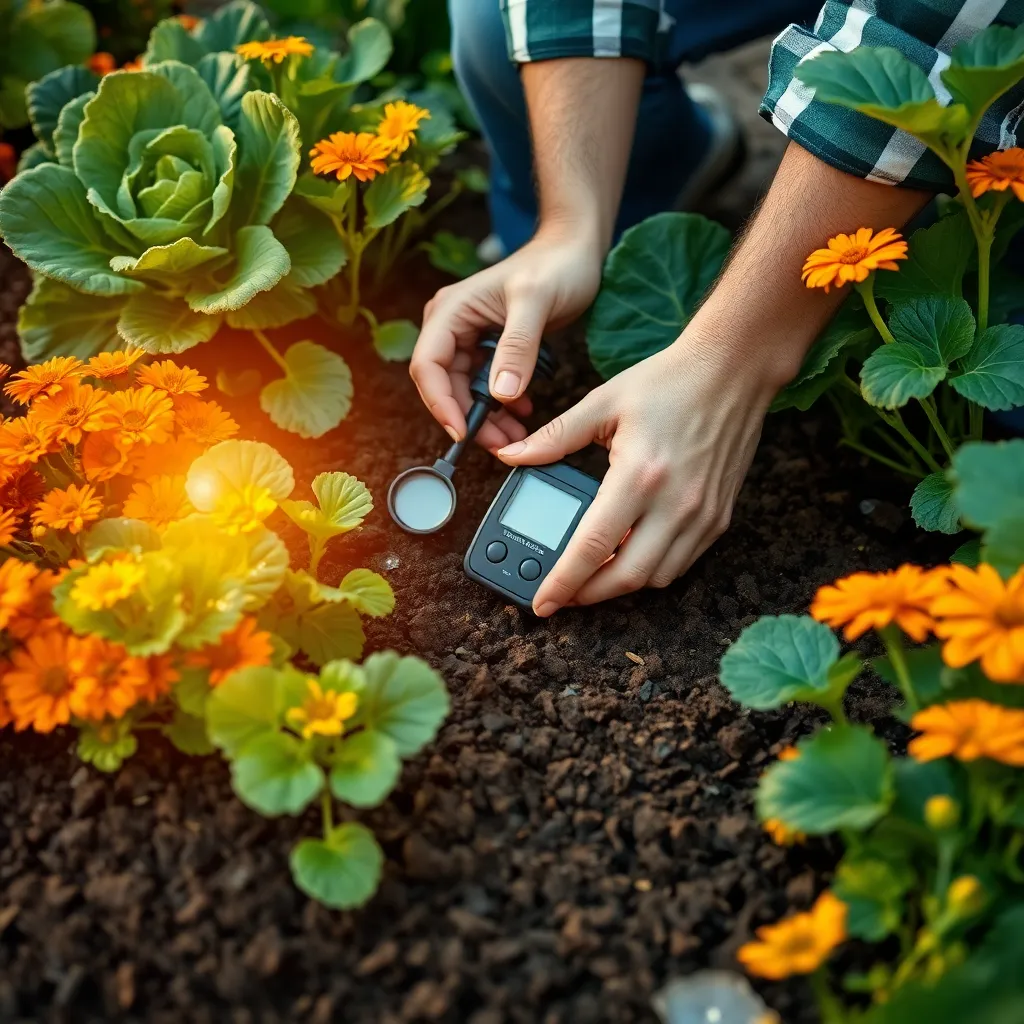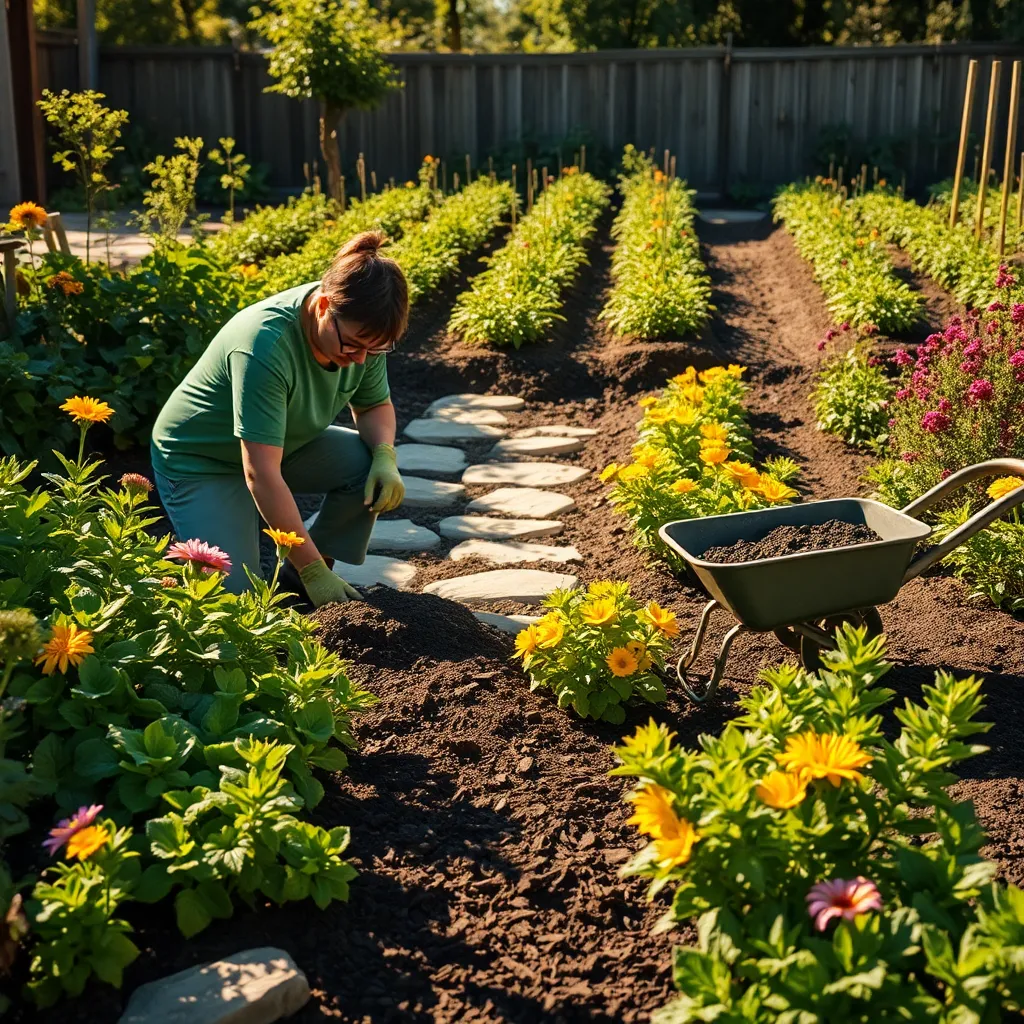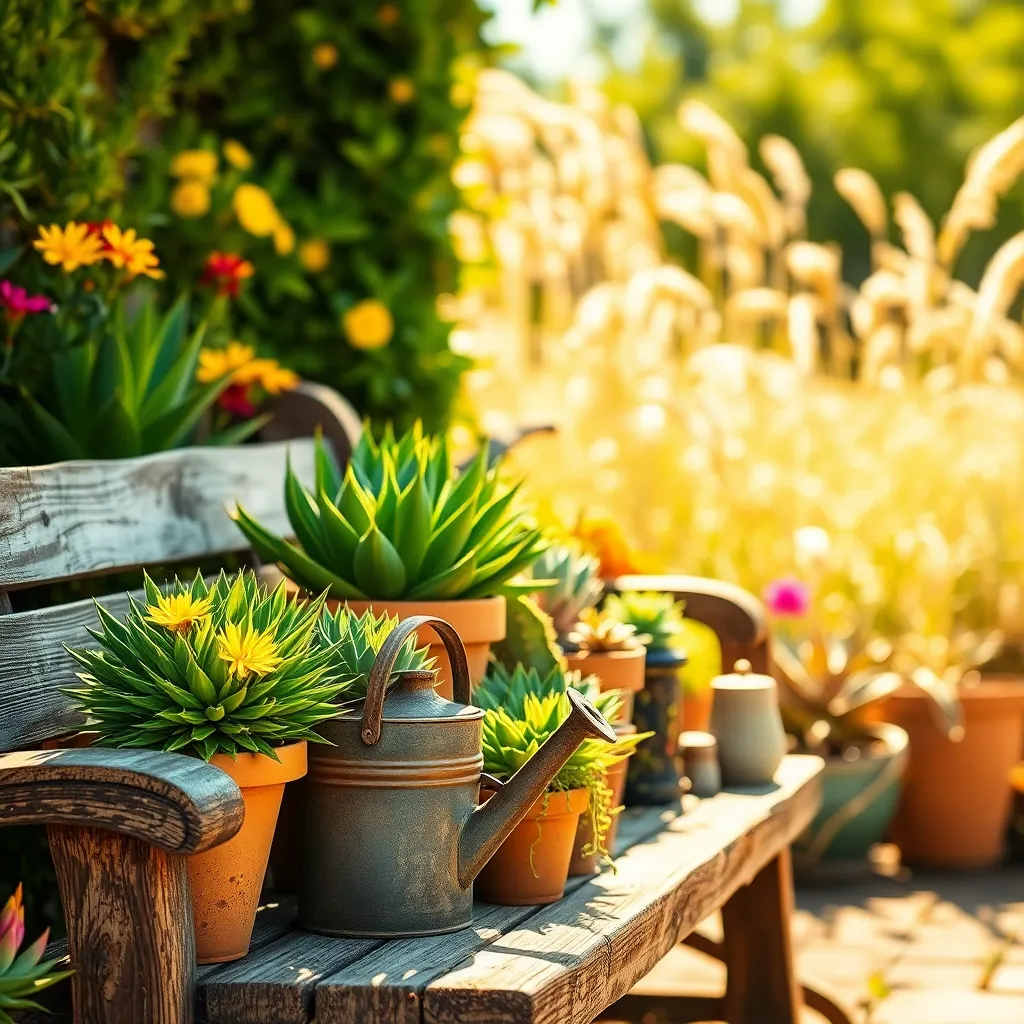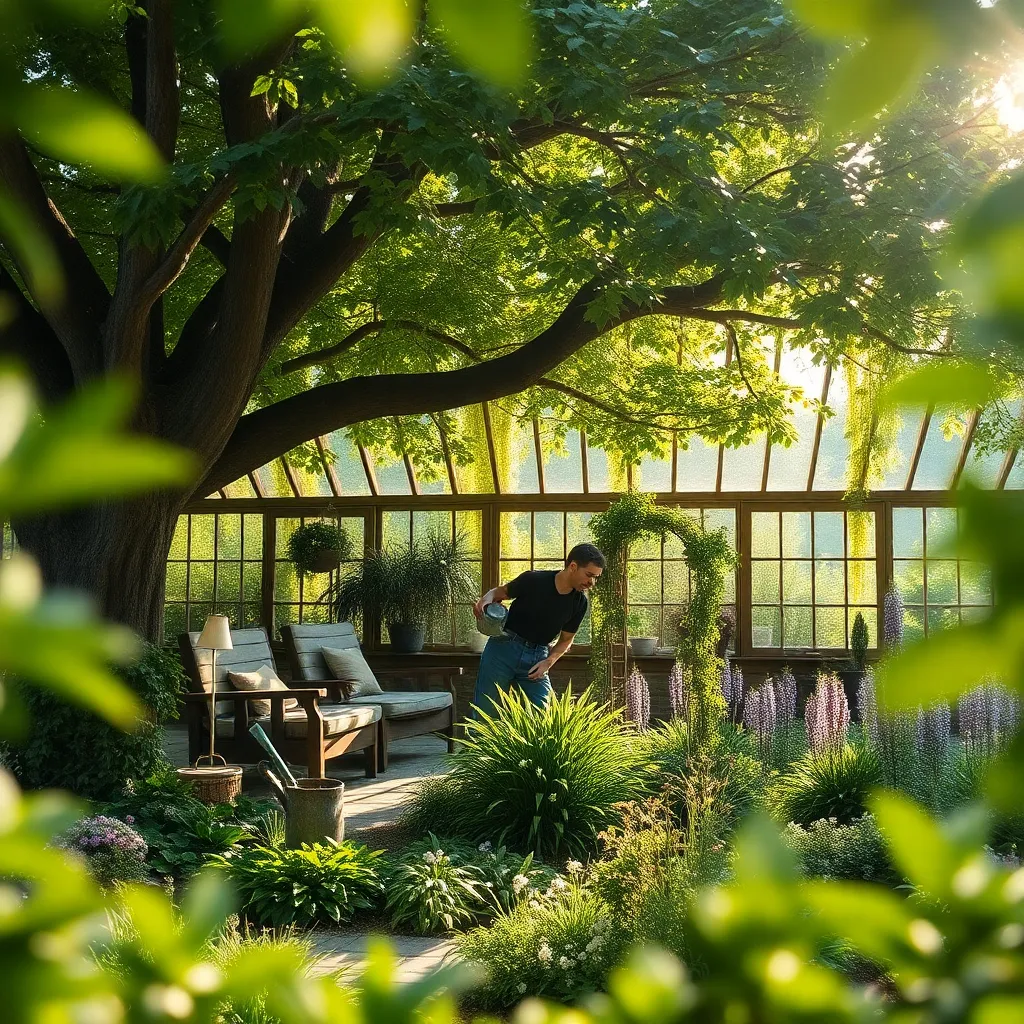The sun-drenched days of summer bring warmth and vitality to our gardens, but they also pose unique challenges that can test even the greenest of thumbs. Whether you’re just beginning your gardening journey or you’ve been nurturing your oasis for years, keeping your garden vibrant and lush during the hotter months is an art worth mastering. The secret lies in understanding the balance between nature’s generosity and the care it requires from us to thrive under the sun’s relentless gaze.
In this article, we’ll explore practical strategies and tips to help your garden not only survive but flourish in the summer heat. From selecting the right plants that can withstand higher temperatures to mastering the art of efficient watering, we’ll provide you with the tools and knowledge you need. You’ll discover how to make the most of mulching, shading, and other techniques that will keep your garden a green sanctuary. Whether you’re tending to a few pots on your balcony or managing a sprawling backyard, our guide will empower you to embrace the joys of summer gardening with confidence and ease.
Assess Your Soil’s Moisture Levels

Understanding your soil’s moisture levels is crucial for maintaining a vibrant garden during the summer. Begin by inserting your finger into the soil up to the second knuckle to check moisture; if the soil feels dry, it’s time to water.
For a more accurate assessment, consider using a moisture meter, which can provide precise readings of your soil’s hydration levels. These devices are especially helpful for beginners, ensuring that plants receive the right amount of water.
Ensure that your soil has the right composition; a mix of clay, sand, and organic matter allows for optimal drainage and moisture retention. Amending your soil with organic compost can improve its structure, helping it retain moisture longer while providing nutrients.
Advanced gardeners might use mulch to help regulate soil temperature and moisture levels. By applying a layer of organic mulch like straw or wood chips, you can reduce evaporation and keep your plants’ roots cool.
Finally, observe the plants themselves; wilting leaves or dry, crumbly soil around the base are signs that you need to adjust your watering routine. By closely monitoring both soil and plant conditions, you can ensure your garden stays lush and healthy throughout the hottest months.
Water Early in the Morning

Watering your garden early in the morning is crucial for keeping it lush and green during the summer. This practice allows the water to soak deeply into the soil before the sun’s heat causes evaporation, ensuring your plants get the moisture they need.
The time you water can greatly affect your garden’s health. By watering in the morning, you give your plants a chance to dry off before evening, which reduces the risk of fungal diseases.
For most gardens, aim to water between 5 a.m. and 9 a.m. when temperatures are cooler and winds are calmer. This timing not only conserves water but also ensures that plants can absorb moisture efficiently without stress.
Use a soaker hose or drip irrigation system to target the plant roots directly, minimizing water loss through evaporation. This method is especially beneficial for clay soils, which can retain moisture longer, but also works well on sandy soils that drain quickly.
Consider the specific needs of your plants when determining watering frequency. For example, succulents need less frequent watering compared to vegetables like tomatoes, which thrive with consistent moisture.
Apply Mulch to Retain Moisture

Mulching is a vital technique for retaining moisture in your garden, especially during the hot summer months. By applying a layer of mulch, you can significantly reduce water evaporation from the soil, helping your plants stay hydrated longer.
To start, choose the right type of mulch for your garden. Organic options like shredded bark, straw, or leaf mold not only retain moisture but also improve soil fertility as they decompose. Apply mulch in a layer about 2 to 3 inches thick to ensure optimal moisture retention without suffocating your plants.
Before mulching, make sure to weed the area thoroughly. Weeds compete for water, and removing them allows your plants to benefit fully from the moisture retention that mulch provides. Keep the mulch a couple of inches away from plant stems to prevent rot and allow for adequate air circulation.
For advanced gardeners, consider using a living mulch, such as low-growing ground cover plants, which can provide the same benefits as traditional mulch. These living mulches can offer additional shade and soil stabilization, which is particularly beneficial for sloped garden areas. Experiment with different types of mulch to see which works best for your specific garden conditions.
Select Heat-Tolerant Plant Varieties

Incorporating heat-tolerant plant varieties into your garden can significantly enhance its resilience during the scorching summer months. Look for plants that naturally thrive in high temperatures, such as succulents, lavender, and certain ornamental grasses.
Succulents, with their fleshy leaves, are excellent at storing water and require minimal watering—about once every two weeks in well-draining soil. Ensure they receive full sunlight for at least six hours a day, which helps maintain their vibrant colors and healthy growth.
Lavender is not only heat-tolerant but also adds a delightful fragrance to your garden. Plant lavender in sandy or gravelly soil with excellent drainage, and water it deeply but infrequently to encourage root growth.
For a splash of texture, consider adding ornamental grasses like fountain grass or blue fescue, which are both drought-resistant and thrive in full sun. These grasses require little maintenance; just ensure they are planted in soil that doesn’t retain too much moisture to prevent root rot.
Implement Shade Solutions Strategically

Implementing shade solutions strategically can make a significant difference in how well your garden withstands the summer heat. Start by identifying areas where plants are most vulnerable to prolonged sun exposure, as these are prime candidates for shade intervention.
Consider using temporary shade structures, such as shade cloths, which can be easily adjusted as the sun’s position changes throughout the day. Shade cloths come in various densities, allowing you to select the right amount of coverage based on your plants’ specific needs.
For a more permanent solution, plant trees or tall shrubs that can provide natural shade over time. Trees like the Japanese maple offer not only shade but also add aesthetic value with their vibrant foliage.
Another approach is to use vertical gardening techniques, such as trellises or pergolas, to create shaded microclimates. These structures can support climbing plants like clematis or wisteria, which in turn provide shade and beauty.
When arranging shade, ensure that air circulation is not compromised, as stagnant air can increase humidity and lead to fungal issues. Positioning shade solutions to allow for airflow will help maintain a healthy garden environment.
Conclusion: Growing Success with These Plants
In nurturing relationships as in tending a garden, consistent care yields vibrant results. We’ve explored five essential concepts to keep your relationship blooming even during life’s hottest seasons. First, communication acts as the water that sustains connection; ensure it flows freely. Second, like sunlight, trust provides warmth and energy, fostering growth. Third, shared experiences act as the soil, grounding your bond with rich memories. Fourth, adaptability is akin to pruning, allowing your relationship to flourish by shedding what no longer serves it. Finally, mutual support is the fertilizer, enriching your partnership with encouragement and love.
As an actionable step, take a moment today to engage in a heartfelt conversation with your partner, discussing one of these key concepts. This small action can lead to significant growth in your relationship.
Remember to save this article for future reference; it’s a handy guide to revisit whenever your relationship needs a little extra care. Looking ahead, by embracing these principles, your relationship can not only survive but thrive, promising a future as lush and fulfilling as a well-tended garden. Here’s to cultivating love that lasts—bookmark this article and nurture your journey together.

